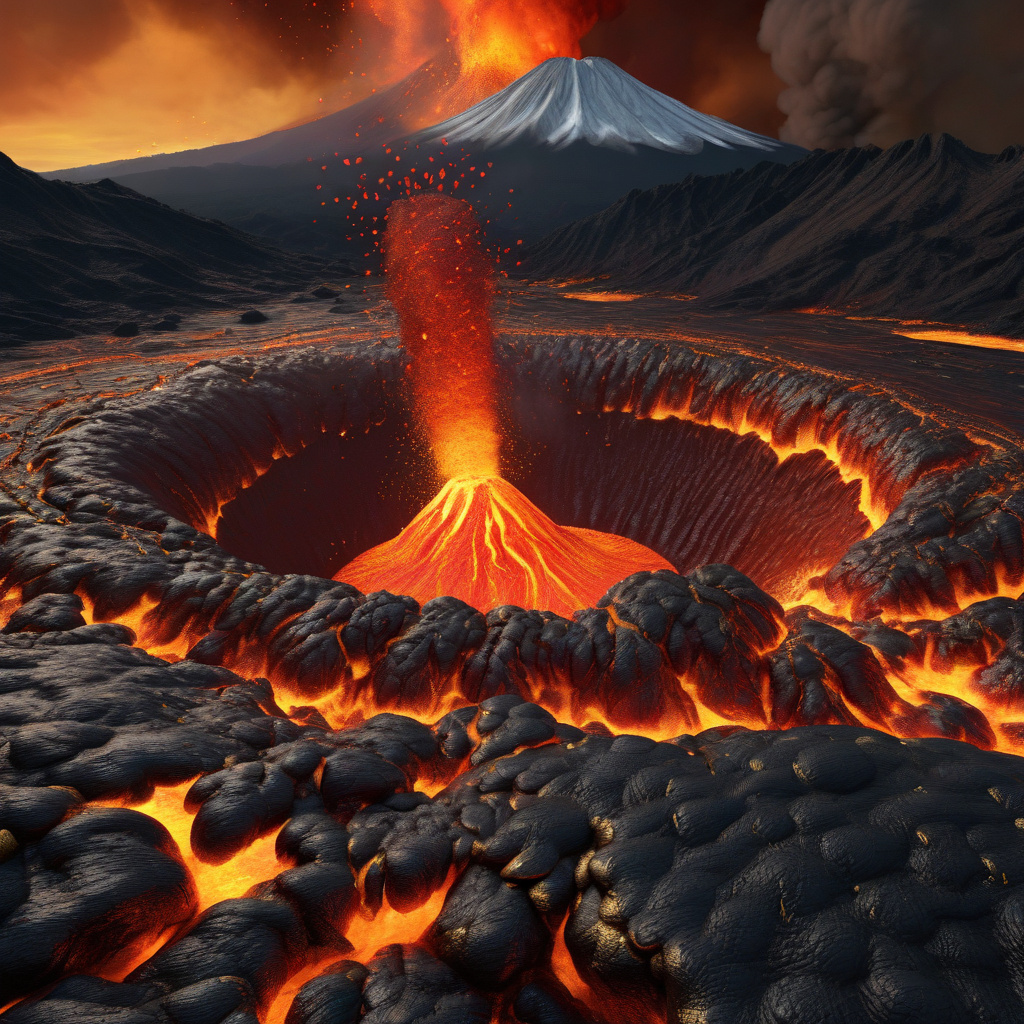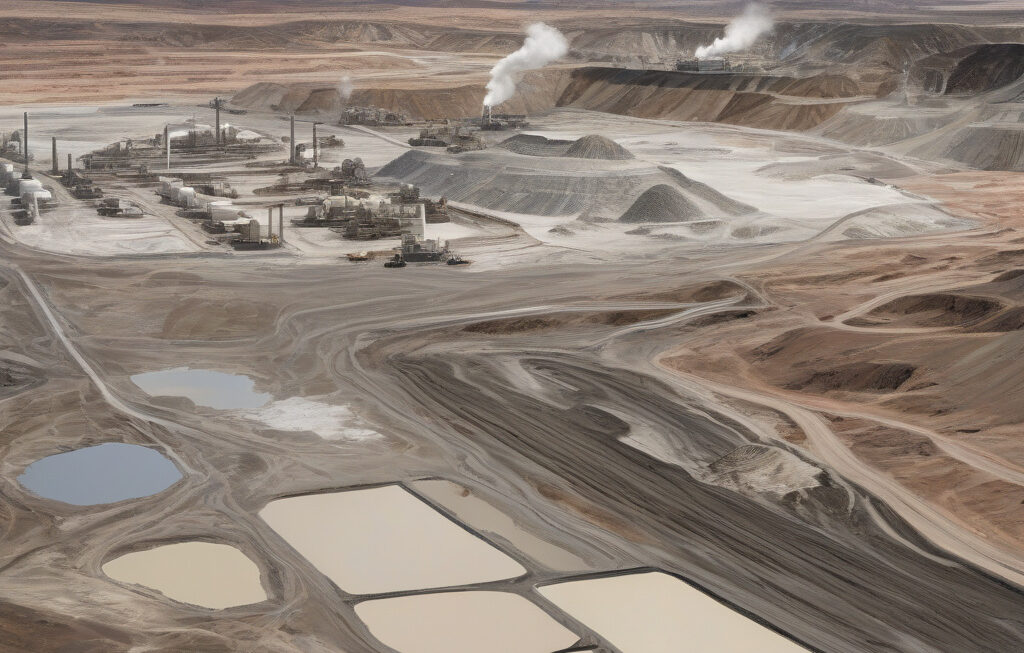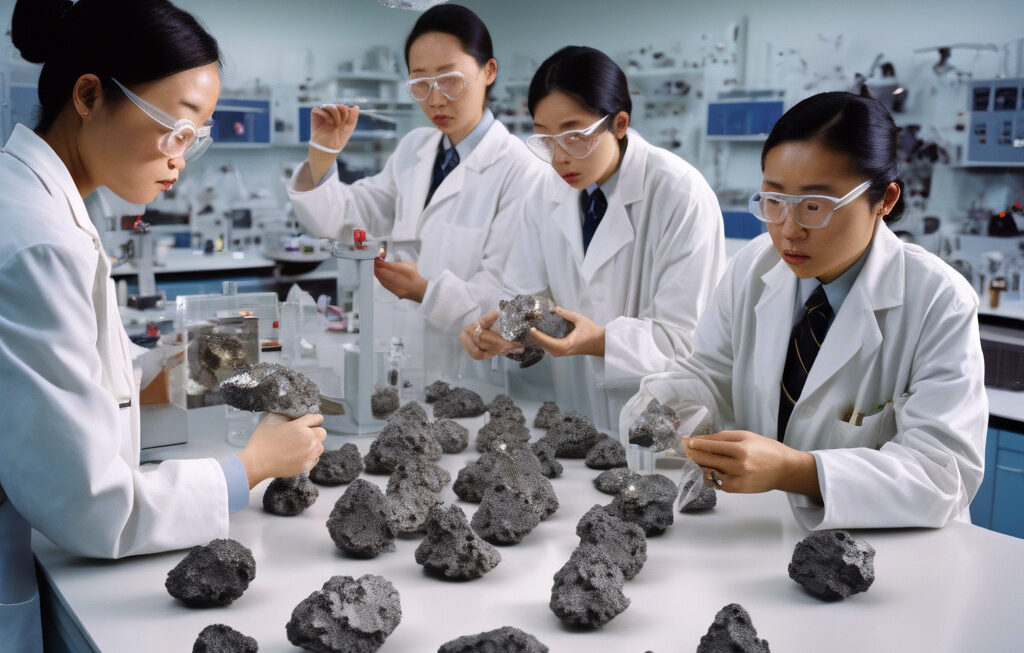“Volcanoes are Sneaking Gold from World’s Largest Reserve with 99.9% Deposits”
An individual with sound general knowledge would answer “Fort Knox” when asked, “Where is the world’s largest gold reserve?” This iconic vault in Kentucky, USA, is renowned for storing a significant portion of the world’s gold supply. However, what many people don’t realize is that there is another, even more astonishing reserve where gold is found in abundance – volcanoes.
Volcanoes, known for their destructive power and awe-inspiring eruptions, are also hotspots for valuable minerals such as gold. The Earth’s molten core is a treasure trove of precious metals, and when volcanoes erupt, they bring these riches to the surface. In fact, recent studies have shown that some volcanoes have deposits with gold concentrations as high as 99.9%, making them even more lucrative than traditional gold mines.
One of the most notable examples of a gold-rich volcano is Indonesia’s Mount Tambora. This stratovolcano, famous for its devastating 1815 eruption, is also home to vast gold deposits. In 2019, a team of researchers discovered that the magma beneath Mount Tambora contains exceptionally high levels of gold, making it a potential gold mine of unprecedented value.
But how does gold end up in volcanoes in the first place? The answer lies in the Earth’s geological processes. When tectonic plates collide and subduct beneath one another, they create intense heat and pressure that melt rocks and release minerals such as gold. This molten rock, known as magma, rises to the surface through volcanic eruptions, bringing gold and other precious metals along with it.
Mining gold from volcanoes presents unique challenges compared to traditional mining methods. Volcanic eruptions are unpredictable and dangerous, making it difficult for miners to extract gold safely. However, the potential rewards of tapping into these gold-rich volcanoes are immense. With gold prices on the rise and traditional gold reserves dwindling, volcanoes could become the next frontier in the quest for this precious metal.
In addition to Mount Tambora, other volcanoes around the world are also known for their gold deposits. The Kilauea volcano in Hawaii, the Popocatépetl volcano in Mexico, and the Tolbachik volcano in Russia are just a few examples of volcanic hotspots that contain significant amounts of gold. By studying these volcanoes and developing innovative mining techniques, scientists and mining companies may be able to unlock the full potential of these extraordinary natural resources.
As we look to the future, it’s clear that volcanoes are not just forces of nature to be feared – they are also sources of incredible wealth and opportunity. By harnessing the power of these geological wonders, we may be able to secure a more sustainable and prosperous future for generations to come.
gold, reserve, volcanoes, deposits, mining












